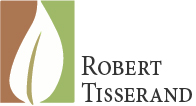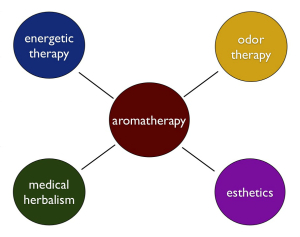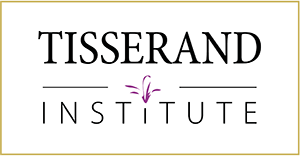In September 2010 I gave two presentations at an IFA conference in Tokyo. One of them was called: Forty years of aromatherapy evolution: 1970-2010. There were 475 attendees, and I suspect this was the largest aromatherapy conference ever held. You can see some photos here.
After the conference, I went to the office of the Aroma Environment Association of Japan. In 2010 the AEAJ had 50,000 members, and their substantial office reflects the size of the organization. While I was there they filmed a 36 minute interview with me, which was due to be screened in March 2011 at the next AEAJ conference. This had to be postponed because of the earthquake and tsunami, but it was held in March 2012, and the interview was screened then.
Some of the interview is in this video, and below are some extracts from this.
Aromatherapy is a collection of different ways of using essential oils, which are only loosely related. So there is skin care, there is psychological health, there is environmental hygiene, and there is medicine. They can be connected, and yet they are all distinct aspects of aromatherapy.
As for evidence, what I try to do is to consider: is this evidence from traditional medicine, is it purely laboratory work, or is it clinical evidence? Those three different aspects sometimes get confused, and I think it’s good to be clear about what is the basis for what we’re doing. Clinical evidence shows that there is really an effect, and if you can also show why that effect takes place, from other types of evidence, and if they tell the same story, then you have something solid.
You can evaluate research by being critical of that paper, but more importantly, by comparing other research in the same area. From looking at a lot of different research, you start to get a feeling for what’s really happening. Ideally you need to be able to look at a lot of research, take a step back, and see the big picture.
The situation for aromatherapy is much better today than it was when I started in the 1960s and 70s, and aromatherapy is developing in its different facets. Today there are more medicines being developed based on essential oils. We have seen a tremendous development in skin care products over the last 20 years. We are now seeing interesting possibilities with environmental fragrancing, not just in terms of mood, but also in terms of hygiene, and both of those together. So I think there are a lot of very exciting developments!



We’ve always appreciated your scientific approach to aromatherapy. We find many of the unsupported claims found on the web to be so discouraging & it’s nice to know that there are sources we can turn to for valid discussions.
Robert – I appreciate greatly what you are saying here as I am finding it to be a conundrum when talking to medically educated folks. Why would you NOT consider traditional evidence for goodness sakes?! I have noted in my emails and the additional information I received from the American Botanical Council that they consider “traditional” evidence to be extremely important – passed down from one generation to another. Would grandma really tell me something worked and that I should use it if it didn’t?! I’d love to hear you discuss your diagram in more detail – is that available somewhere?
Ann, I don’t know that anyone deliberately ignores traditional evidence, though consider this – until about 200 years ago, all distillation was hydrodistillation, because steam distillation had not been invented yet. Now, 90% of essential oils are steam distilled. The differences are not great, but they are there. More importantly, traditional use has never been a guarantee that something works, or is safe. In Western herbal medicine (though notably not TCM), very few of the major herbs/uses from 1,000 years ago are still employed today. We still use the same herbs, but generally for different primary reasons.